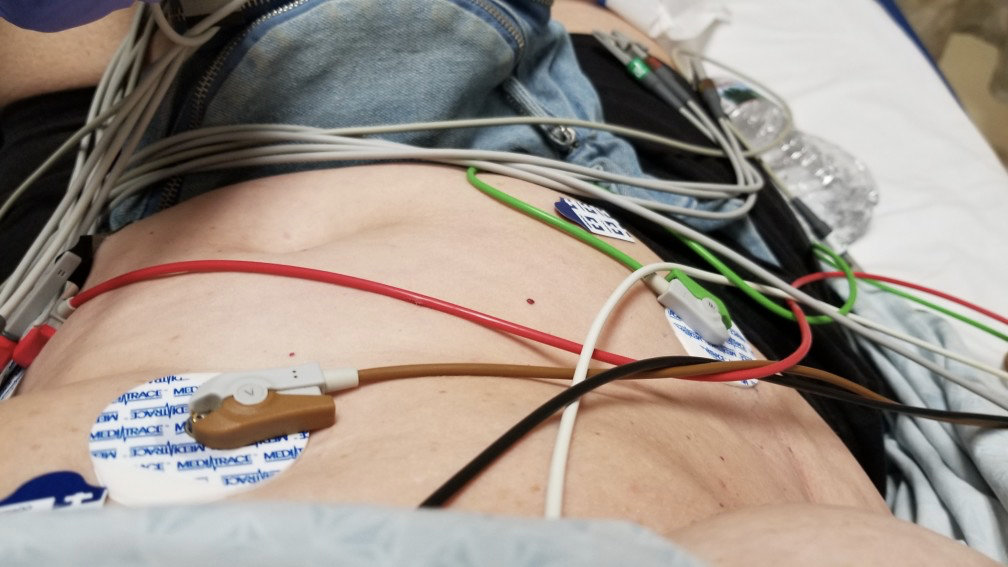What are Nerve Studies?
April 22, 2022
Electromyography, or EMG, is a diagnostic procedure which evaluates the health condition of muscles through electrical activity and the nerve cells that control them. Those with muscle or nerve disorders usually go through this procedure to determine if they have any neuromuscular abnormalities. The symptoms of these muscle and nerve disorders are tingling, numbness, paralysis, twitching or tics, weaker muscles, and muscle pain. If any of these symptoms sound familiar or apply to you, then seeing a doctor for an EMG will help determine the underlying cause.
How an EMG is Performed
When performing EMG, a very thin needle called an electrode is inserted through the skin and into the muscle. This electrode picks up electrical activity through the muscle, which is displayed on a monitor called an oscilloscope. There is also an audio-amplifier that is used to hear activity, which is shown in the form of waves, graphs, or numerical values.
Depending on what the doctor is looking for first, they may ask you to relax and contract your muscles. This helps the doctor detect electrical activity through the oscilloscope, which provides information about how responsive the muscles are when its nerves are stimulated.
Nerve Conduction Velocity
Another important assessment of nerve function is detected by measuring the speed at which information can be carried by a nerve towards the spinal cord and eventually to the brain. There are several conditions where the nerve function is decreased due to pressure on or around the nerve. Measuring the nerve speed is an important way in which blockages to the function of the nerve can be detected. Many of these conditions are considered syndromes as their exact cause and presence are not well understood. The most common of these conditions include carpal tunnel syndrome, tarsal tunnel syndrome, cubital tunnel syndrome, and supinator syndrome.
How to Prepare for Electromyography
Typically, there is not a lot of preparation needed before this procedure. However, there are a few things to do and look out for beforehand:
- Do not use creams or lotions a day or two before the procedure, and take a shower beforehand to remove any oils from the skin
- Avoid smoking and consuming caffeine on the day of the procedure
- Talk to your doctor and notify them if you are taking any over-the-counter medications, along with any herbal supplements.
- Tell your doctor if you have a pacemaker
EMG/NCV Diagnostics
After the procedure, it’s normal to schedule a follow-up appointment. If your doctor found any electrical activity while your muscles were resting, then you may have:
- Carpal tunnel syndrome
- A herniated disc
- A nerve disorder
- A muscle disorder
- Inflammation in the muscle
- Amyotrophic lateral sclerosis
- Muscular dystrophy
The good news to all of this is that there is treatment. Here at The Bone and Joint Center of Yuma we specialize in treating carpal tunnel syndrome, along with muscle and sports-related injuries. If you are experiencing tingling, numbness, muscle pain, muscle weakness, twitching, or paralysis, then contact us as soon as possible.